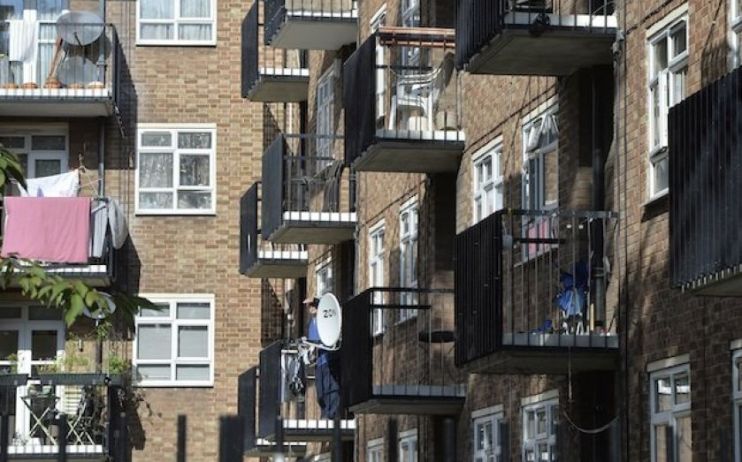To kickstart decarbonisation we should be pouring investment into retrofitting homes

In the race to net zero, shiny new electric vehicles get much more attention than insulation and thermal analytics. But the “hottest” solution might not be the key one. The International Energy Agency estimates that buildings are responsible for almost 40 percent of global emissions – and that 70 percent of this is produced by building operations. Inefficient homes and offices mean wasted energy. If the UK is to meet its net zero targets, retrofitting becomes a must, particularly given that 80 percent of the country’s 2050 building stock already exists today.
But despite road transport contributing 12 per cent of the world’s CO2 – almost one quarter of the built environment’s impact – electric vehicles attracted more than four times the venture capital investment than retrofitting technology startups did, according to A/O PropTech analysis.
The retrofitting challenge is particularly evident in the capital. London’s buildings account for more than three quarters of the city’s carbon emissions, according to a report by JLL.
A task of this scale represents one of the greatest challenges for developed economies – but also an opportunity. Investors across the globe are finally starting to ramp up investments in technology that improves the ease of upgrading real estate portfolios. Some interesting opportunities lie in more advanced energy efficiency and electrification technologies.
For instance, digital twin technologies – which leverage advances in sensors and 3D modelling techniques – are enabling the optimisation of energy use with little to no input from building management teams.
Many startups are thinking even further outside the box – indeed, outside the Earth’s atmosphere. As the price of satellites comes down, the viability of using satellite-mounted sensors to detect which buildings need to be targeted first increases.
For instance, British spacetech firm Satellite Vu deploys thermal imaging cameras mounted on satellites to measure, in real time, the energy efficiency of any building on the planet. This is crucial – without the right data, prioritising the right buildings to retrofit is guesswork. Retrofitting technologies like these have seen growing investment. Between 2017 and 2021, more than $4.7bn of venture capital investment was poured into the sector, a compounded annual growth rate of 55 percent across close to 600 individual deals.
Notably, London is second only to San Francisco in terms of deal count. Yet there is more work to be done to accelerate the implementation of these technologies across commercial real estate portfolios.
The UK government has made some progress here – minimum energy efficiency standards could mean that 10 percent of London’s office stock becomes non-compliant by 2023, and two thirds of private rented stock may be unviable by 2028 without energy upgrades. But when there is a misalignment of interest between those who pay for retrofits – owners – and those who benefit from the savings – tenants – something’s got to give to rebalance incentives.
It would do well to look to Germany, where a new carbon tax is shouldered primarily by the landlord in inefficient buildings – providing an incentive to strive for greater energy efficiency.
Fragmented decarbonisation policies at the regional level mean there is no one size fits all approach for future proofing commercial real estate portfolios. But if the market embraces the maturation of retrofit technologies, this previously insurmountable challenge may soon be within our grasp.
